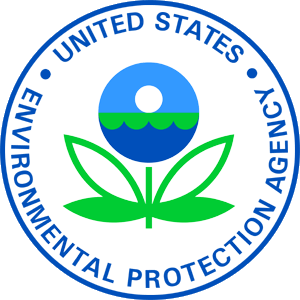Air Quality is a very important topic for our health. It is a ongoing urgent topic that we must always stay informed about and discuss. The Clean Air Act which was last amended in 1990 has established a system of rules and protocols for the air quality of our environment.
Air
Quality and Your Health
There are six different levels of AQI heath concerns. The levels are listed below:
Good- Numerical Value: 0-50, This means that the air quality is satisfactory and air poses no threat to health.
Moderate- Numerical Value: 51-100, This means that air quality is acceptable; however there may be health concerns for few people who are unusually sensitive to pollution.
Unhealthy for Sensitive Group- Numerical Value: 101-150, This means that members in that community of sensitive group may experience health effects.
Unhealthy- Numerical Value:151-200, This means that members in the community will experience health effects.
Very Unhealthy- Numerical Value: 201-300, This means
that health warnings are in emergency condition. Members of the entire community are more than likely affected.
Hazardous- Numerical Value: 301-500, This means that the area is under full health alert, Members of the entire community may experience serious health effects.
AQI Forecasts Cities
Cincinnati: Air quality high is 50 on March 23rd, which is in the good zone. The forecast does not seem to change in the next day.
Cleveland/Akron/Lorain: Air quality is in the moderate zone on March 23rd. The forecast seems to change into the good zone the next day.
Columbus: Air quality high is 43 on March 23rd which is in the good zone. The forecast changes to a high of 46 the next day which is still in the good zone.
Dayton: Air quality high is 38 on March 23rd which is in the good zone. The forecast changes to a high of 42 the next day which is still in the good zone.
Youngstown: Air quality high is 50 on March 23rd which is in the good zone. The forecast doesn't change the next day.
State Implementation Plan
According to this pdf, State Implementation Plan (SIP) is a plan that is federally enforced by the government. It identifies how a state will maintain the National Ambient Air Quality Standards (NAAQS). Each state must have an SIP that has a precise plan of action that will maintain air quality.
Standards:
- The 2015 eight-hour ozone standard =0.070 ppm
- The 2012 annual PM 2.5 standard =12.0ug/m3
- The 2010 standard for Sulfur Dioxide = 75ppb
- The 2010 standard for Nitrogen Oxide =53ppb
- The 2008 standard for Lead =0.15ug/m3
National Ambient Air Quality Standards (NAAQS)
According to this table, NAAQS was established by The Clean Air Act that was last amended in 1990. This table sets six different air pollutants of concern: Carbon Monoxide, Lead, Nitrogen Dioxide, Ozone, Particle Pollution, and Sulfur Dioxide. They are categorized in two standards- primary and secondary. Primary standards provide public health protection, including the sensitive population of children and older people. Secondary standards provide public welfare protection, including protection against damage to crops, animals, vegetation, and buildings.



No comments:
Post a Comment
Note: Only a member of this blog may post a comment.